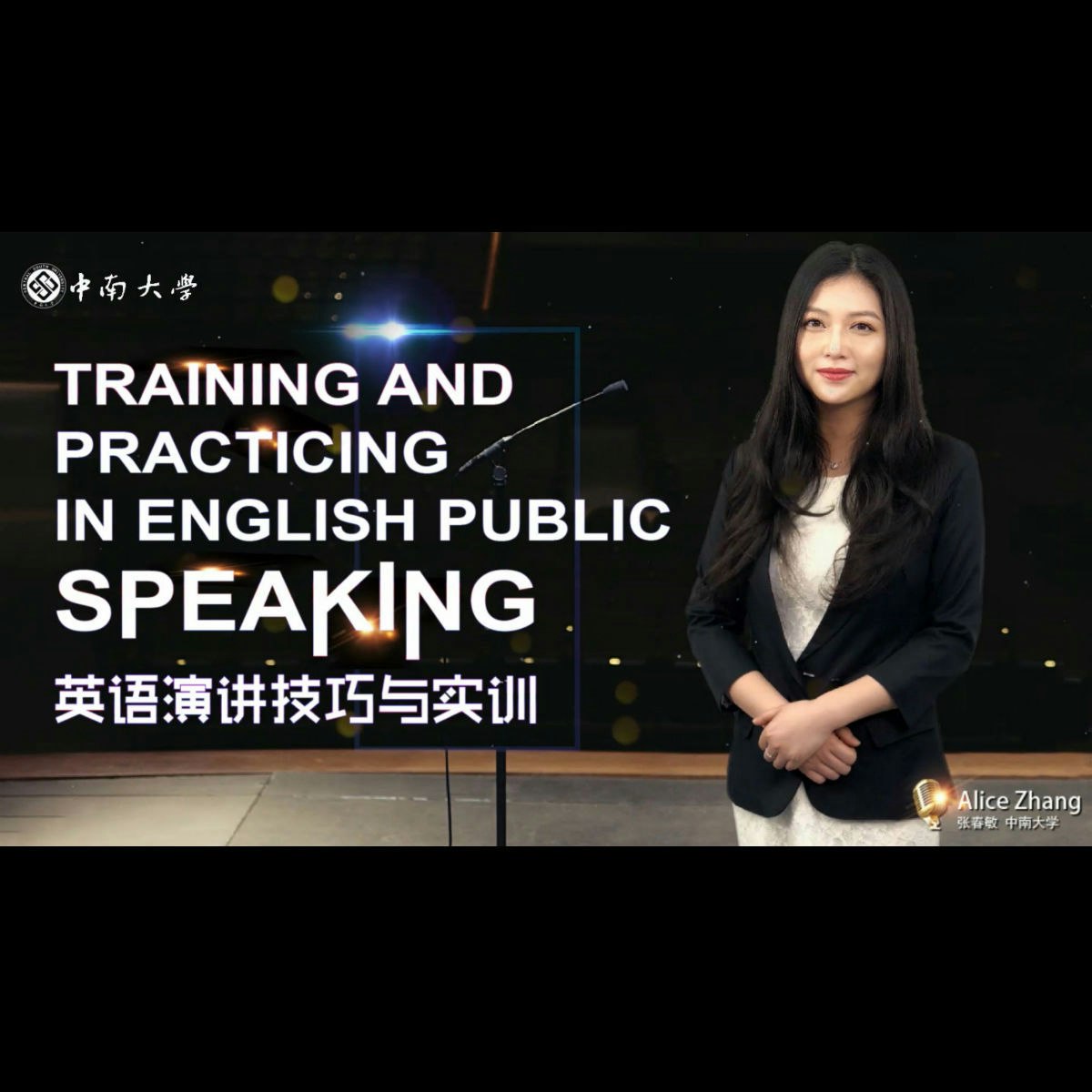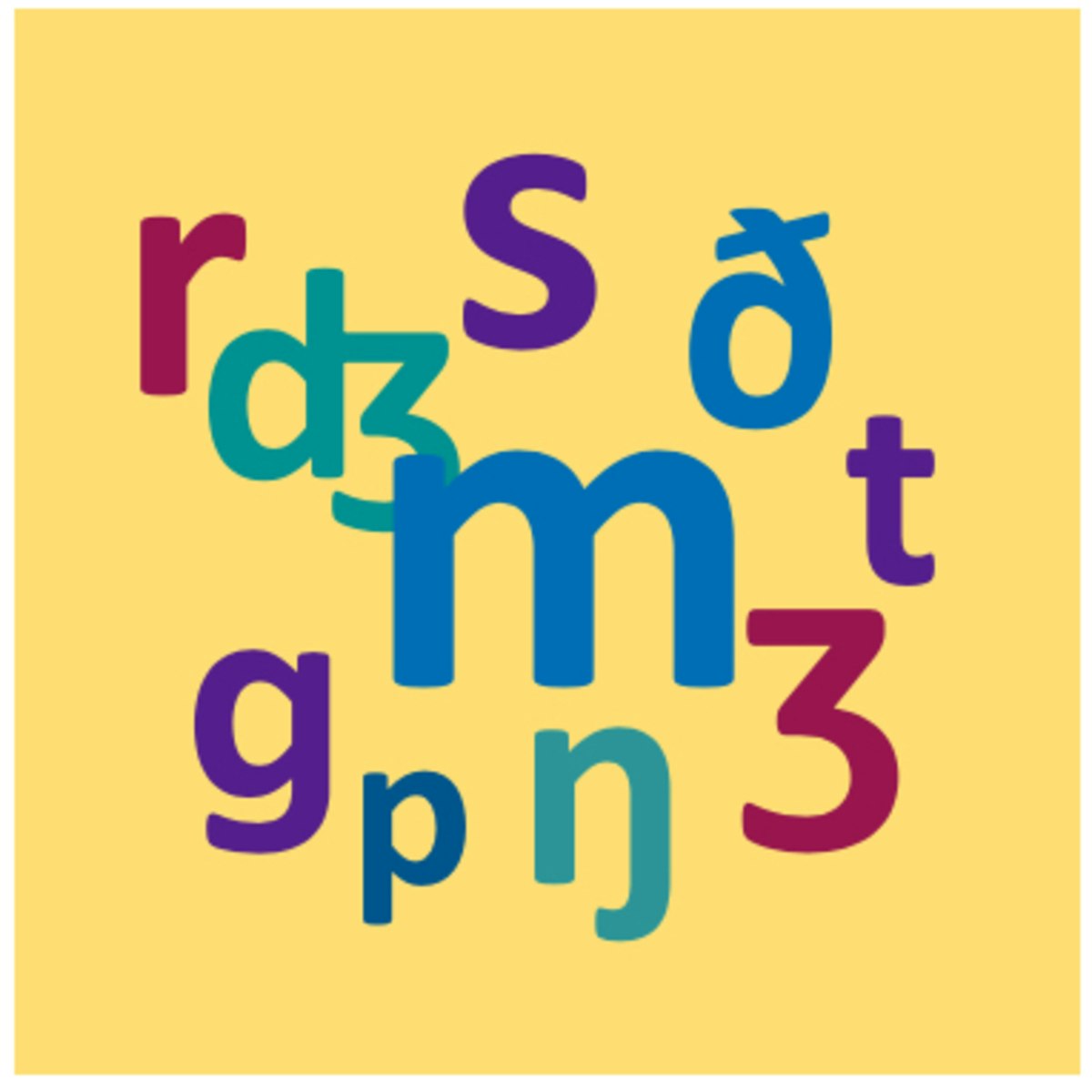Back to Courses






Learning English Courses - Page 12
Showing results 111-117 of 117

Strategies for Teaching Perfect Tenses and Modals
This is the first course in the Teach English: Intermediate Grammar specialization. In this course, you will learn about teaching important intermediate verb tenses, including present perfect, present perfect progressive, past perfect, and past perfect progressive. You will also learn about teaching common modal verbs used in English. Finally, you will have opportunities to practice the skills you learn by creating sample assignments and recording short videos of your teaching demonstrations. This course is designed for teachers or those wanting to become teachers who have a solid understanding of English grammar and want to improve their skills of teaching that grammar to others.
Please note that the free version of this class gives you access to all of the instructional videos and handouts. The peer feedback and quizzes are only available in the paid version.

Blended Language Learning: Design and Practice for Teachers
This course is for language educators who wish to learn how to build and teach a blended language course. You may receive 1.5 Graduate Teacher Education credits (GRTE) for completing this course. See below for more information.
This course is divided into four modules.
In the first module we are going to discuss the origins and effectiveness of the blended learning model.
In the second module, we are going to look at course level considerations such as how to choose a blended format or how to build a blended course syllabus.
In the third module, we are going to focus on the unit level. We are going to discuss how to plan a blended unit, how to go about presenting content, designing blended activities and assessment strategies.
In the fourth module, we're going to turn our attention to the teaching aspect of the blended learning experience.
At the end of the course, you have the option to put what you have learned into practice through an optional peer-reviewed assignment (Honors lesson). This assignment is not required to complete the course unless you wish to obtain Graduate Teacher Credits (GRTE).
This course includes short quizzes, discussion questions, and an optional scaffolded peer-reviewed assignment. If you complete all the assignments, at the end of this course you will have fairly fleshed out a blended unit and you will be well on your way to building your own blended language course.
Upon completion of this course, students will be able to:
Explain blended learning as a teaching modality and discuss its effectiveness
List and discuss the main instructional design steps involved in building a blended language course
Select tools and technologies to support blended language learning
Discuss effective blended teaching strategies
GRTE credits: Credits earned for GRTE courses are not applicable toward a degree program offered at the University of Colorado Boulder but may be used for teacher professional enhancement, including relicensure and school district salary advancement. You may receive 1.5 GRTE credits for completing this course ($225). The form is provided at the end module 5.

Clinical Terminology for International and U.S. Students
Understanding the clinical terms and abbreviations commonly used during verbal or written communication in U.S. hospitals is challenging. This course is designed for U.S. health care profession students and for international students and practitioners who want to become more familiar with the language of the U.S. clinical setting. Others, such as caregivers and medical interpreters, who wish to develop a better understanding of terms and abbreviations used by health care providers will find this course helpful. The course provides visual and auditory learning experiences to enhance the understanding of terms and abbreviations commonly encountered on a general U.S. hospital unit. All content including quizzes are available at no cost to the learner. If you need a certificate, you can apply for financial aid or pay the fee. To find out more, click Learn more and apply next to the information about Financial Aid. (Use a computer, not a mobile device, for this step.)

Training and Practicing in English Public Speaking
Professor Zhang is Central South University’s top training coach in English speaking and interpreting contests and has engaged in teaching and research on English speaking and interpreting as well as competition training for more than ten years.
This is a course which improves your comprehensive skills of listening, speaking, reading, writing and thinking:
you will overcome your bad listening habits and advance listening skills;
you will correct your pronunciation and improve language quality and delivery;
you will collect and analyze materials quickly and efficiently;
you will enhance writing ability and complete speech writing independently;
you will think more logically and communicate more easily.
After finishing the course, the learners will be brave at speaking, happy to speaking and great at speaking; no matter in life, competition, study, work or on international stage, you can be a wise thinker, and more importantly, an active and confident speaker!

Consonants of American English Pronunciation
In this first course of The Pronunciation of American English specialization, you will learn and practice all of the consonant sounds of American English, including some pairs of consonants that are especially tricky. Each week you will receive practical advice from successful English learners and practice an effective technique called shadowing to improve your pronunciation of consonant sounds. You will also have opportunities to record yourself and to respond to the recordings of other learners.
Only learners who pay for the course will be able to take the graded quizzes or submit assignments for feedback. The free version provides access to the lectures and practice activities only.

Questions, Present Progressive and Future Tenses
In this course, “Questions, Present Progressive and Future Tenses,” you will learn about question words in English and how to form questions in the simple present. Then you will learn how to form the present progressive to express ideas about things that are happening right now. You will look at the differences between the simple present and present progressive. Finally, you will learn how to use “to be going to” and the present progressive to talk about the future and how to use “can” to talk about ability.

Business English: Making Presentations
This course teaches you language and techniques that will help you make effective presentations in English. The final task is to develop a well-organized, persuasive presentation using charts and graphs that sells your city as a venue.
The course focuses on students who have an intermediate level of English, with a minimum of two years of formal language study.
Course Learning Objectives
• Present information in an organized and engaging way
• Share data in charts and graphs
• Use persuasive language in a presentation
Popular Internships and Jobs by Categories
Find Jobs & Internships
Browse
© 2024 BoostGrad | All rights reserved